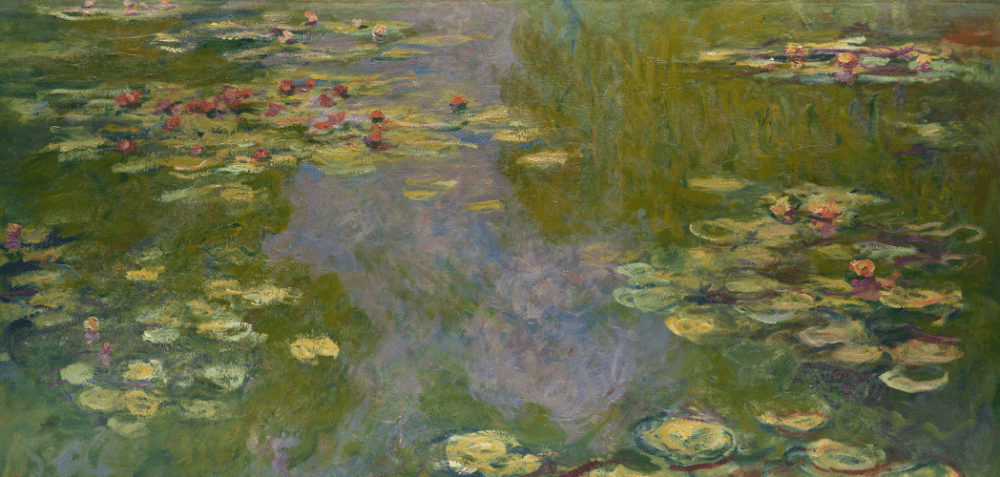Exploring AI and Art Authentication: A Professor’s Perspective

Exploring AI and Art Authentication: A Professor’s Perspective
Todd Dobbs
My own research had been circling the complexities of art authentication for years, particularly in distinguishing authentic works from art with missing provenance such as forgeries, lost, and stolen art. So, when Brendan proposed a project that could push these boundaries and include AI generated art, I encouraged him to take the lead.
Brendan’s research, later titled The Monet Project: AI-Based Art Authentication, was an ambitious endeavor. The core idea was to train a deep learning model to determine whether a painting was genuinely by Claude Monet or an AI-generated imitation. This question had
significant implications—not just for art collectors and historians but also for the broader discussion around AI’s growing role in creative spaces.
Defining the Research Scope
At the beginning of the project, Brendan and I discussed how we could design an effective machine learning pipeline. The goal was to train a binary classifier that could separate Monet’s works from non-Monet paintings, including those generated by AI. This required a robust
dataset consisting of Monet’s paintings, works by other artists, and synthetic Monet-style images created using advanced generative AI tools.
We established a rigorous methodology for data preprocessing, ensuring the model would generalize well beyond just the training examples. Brendan divided the dataset into 70% for training, 20% for validation, and 10% for testing. Additionally, he employed various
augmentation techniques—cropping, rotating, color jittering—to improve model robustness. This attention to detail ensured that our classifier wouldn’t simply memorize features but would develop a more generalized understanding of Monet’s unique style.
Training the Model
One of the most critical decisions we made was selecting ResNet-101 as the backbone of our model. This pre-trained convolutional neural network had already demonstrated strong performance in image classification tasks, making it an ideal candidate for our needs. Brendan
modified the final layers to tailor it for binary classification, training the model over 30 epochs using PyTorch.
As the results came in, the initial findings were encouraging. The classification model achieved an accuracy of 96.32%, demonstrating strong capability in distinguishing Monet’s paintings from non-Monet works. However, when we expanded to include AI-generated artworks, accuracy dropped to 54.04%. This discrepancy raises an important question: Why does the AI generated model suffer from weaker performance when given AI-generated images in Monet’s style?
The Broader Implications
Beyond the technical challenges, this research had deeper implications for the art world. If AI could generate Monet-style paintings that even a trained model struggled to distinguish, what did that mean for art authentication processes? Could traditional methods keep up with AI’s growing capabilities?
This project highlighted the potential need for hybrid authentication systems, combining AI with human expertise. While models like the one Brendan developed could serve as powerful tools for initial verification, final authentication might still require the nuanced judgment of art historians.
Reflections as a Professor
One of the most rewarding aspects of this project was seeing a student take ownership of a complex, interdisciplinary problem and make meaningful contributions. Brendan not only developed a strong technical foundation in machine learning but also engaged with broader questions about AI’s role in creative fields.
His midterm presentation effectively communicated these ideas, making it clear that this was not just an academic exercise but a project with real-world significance. From AI-generated art detection to potential applications in museums and auction houses, The Monet Project underscored how AI could shape the future of art authentication. As a professor, this experience reaffirmed my belief in student-led research.
When given the right guidance and resources, students can push the boundaries of existing knowledge in unexpected and exciting ways.